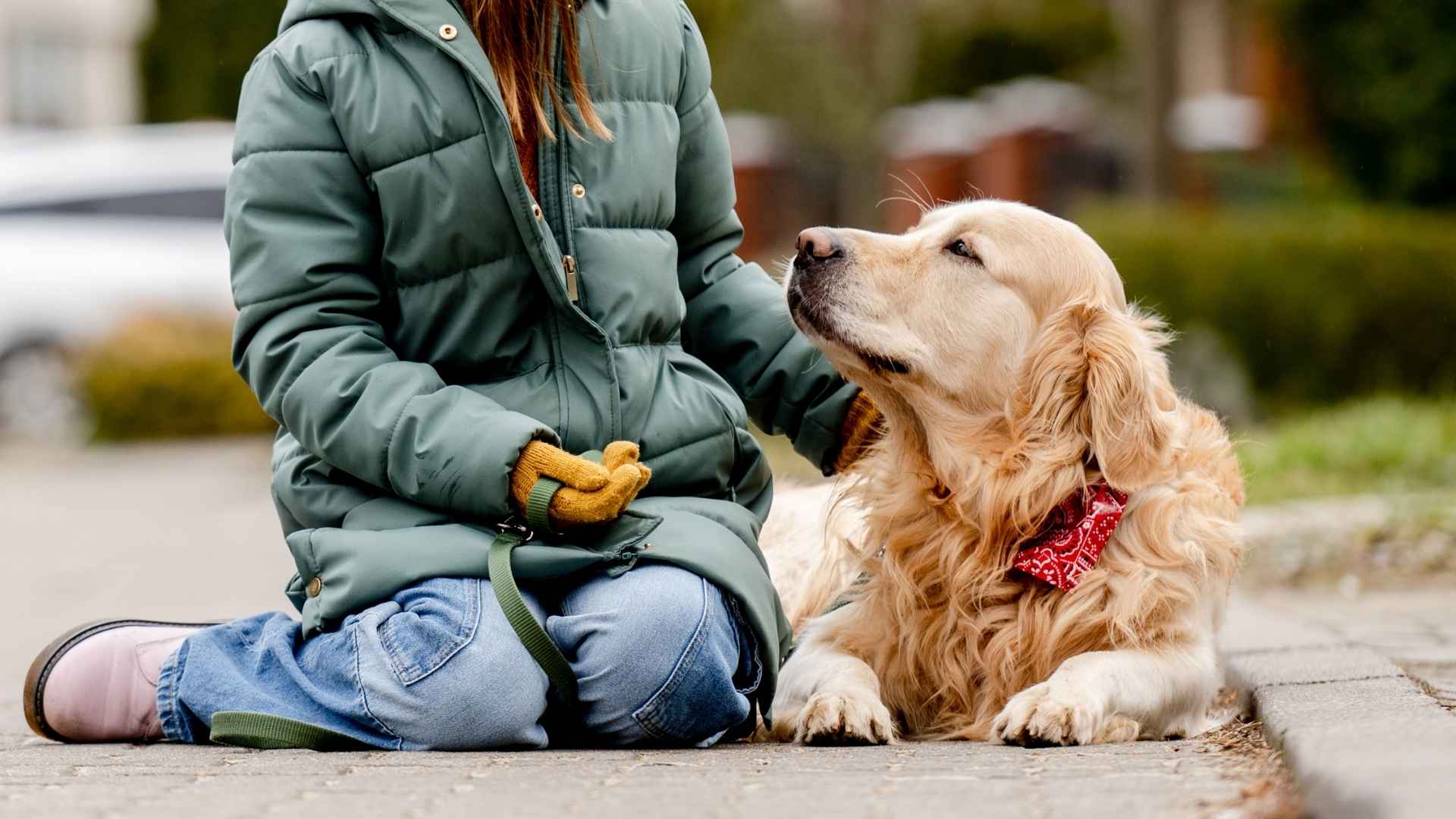Have you ever had a moment when your dog seemed to understand something you never said out loud? Like they knew you were sad before you even cried? You’re not imagining it.
Some dogs have a powerful ability to sense human emotion, and it shows. They might press their body closer when you’re anxious. They might stay calm when you’re quiet.
These moments feel small, but they’re everything. Not every breed connects this way, though. Some dogs are naturally more in tune with people, bred to notice and react to subtle emotional shifts.
For those seeking a bond that goes beyond play or protection, these dogs offer something special. Ahead, we’ll explore the breeds that seem to read minds—not because they try to, but because they care deeply, quietly, and without hesitation.
Dog Breeds That Sense Your Moods Instantly
1. Border Collie
Border Collies are extremely observant and notice small details in their surroundings. Their eyes stay fixed on people they trust, especially when something feels off. Even subtle changes in tone or posture often trigger a quiet shift in their own behavior.
Experts at Reading Body Cues
This breed has a strong ability to interpret body language, thanks to its background in herding. A lowered head, a sigh, or a slower movement rarely goes unnoticed. They tend to respond with calm stillness or gentle closeness, offering comfort without being asked.
Instinctively Tuned to Moods
Without any special training, Border Collies often react to emotional tension in a room. Some quietly sit near a person who seems down, while others gently nudge with their nose. These reactions feel thoughtful, like they’re syncing with human emotions naturally.
Deep Bond Through Emotional Sensitivity
They are known to form intense attachments with their families and become highly responsive to emotional shifts. Whether you’re anxious, quiet, or visibly stressed, they adjust their behavior in subtle ways. Their connection goes beyond routine—it feels personal and real.
2. Cavalier King Charles Spaniel
Cavaliers are known for being attentive to the emotional state of their owners, even without verbal cues. They often mirror the energy in a room, staying close during low moments and quietly observing mood changes. Their presence feels gentle and naturally comforting.
Comforting Touch and Stillness
When someone is visibly distressed, this breed tends to sit close or lean against them. Their soft body language and calm behavior often bring immediate emotional relief. This trait is one reason they’re frequently chosen for emotional support roles.
Quick to React Without a Prompt
These dogs are often among the first to respond during sudden emotional changes or tension. They’ve been noted for staying near people during anxiety spikes or after a panic attack, offering silent companionship that helps restore a sense of calm.
Highly Expressive and Emotionally Open
Their large, soulful eyes and soft facial expressions often reflect empathy, making them feel more emotionally available. They react to both spoken words and silence with equal attention, creating a bond that feels mutual and deeply reassuring.
3. Poodle
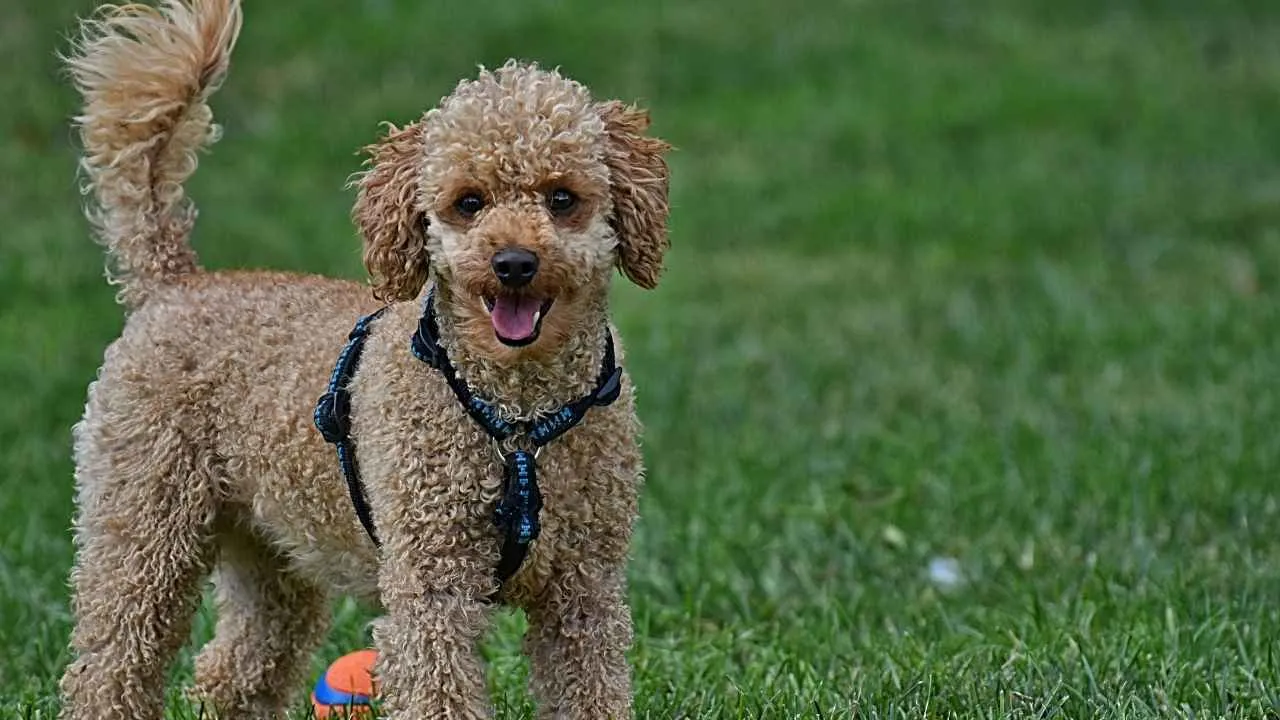
Poodles stay emotionally connected to the people they live with, often responding before words are spoken. They pay close attention to changes in energy, tone, and posture. This makes them dependable companions during emotionally heavy moments.
Quick to React to Human Feelings
A Poodle may quietly sit beside you when you’re upset or rest its head gently on your leg. These small gestures often come without prompting and reflect a deep awareness of emotional shifts. Their responsiveness feels personal and intentional.
A Thinking Breed with Emotional Depth
Known to be a highly intelligent breed, Poodles combine mental sharpness with emotional presence, as stated in PetMD. They seem to observe rather than just react, which allows them to sense when something isn’t right. This blend of traits gives their companionship extra depth.
Bonded by Empathy and Familiarity
Their attachment runs deeper than daily routine—they form emotional links that stay steady. Poodles often mirror moods, whether by staying quiet when you’re low or joining in when you’re cheerful. This behavior builds a sense of unconditional love and trust.
4. Australian Shepherd
Australian Shepherds have an exceptional sense of timing when it comes to human moods. They often respond before words are spoken, especially in high-energy or emotionally charged environments. Whether someone is anxious or low, they tend to stay physically close and alert.
Body-Oriented Emotional Insight
Their awareness of posture, pacing, or changes in facial expression makes them unusually perceptive. These dogs often mirror energy levels and may softly nudge or rest beside someone who seems withdrawn. This response feels natural, not trained, and happens even in routine settings.
Emotionally Present and Affectionate
They’re deeply affectionate without being intrusive and often sense when quiet companionship is needed. Their presence becomes more grounded when someone is upset, shifting from playfulness to a calm, steady presence. This trait often stands out even among other affectionate breeds.
Focused Connection Through Loyalty and Intelligence
They develop intense bonds with their families, which enhances their emotional sensitivity over time. Their intelligence allows them to read situations quickly, while their loyal nature keeps them in tune with subtle changes. These qualities make them genuinely good dogs for emotionally responsive homes.
5. Great Dane
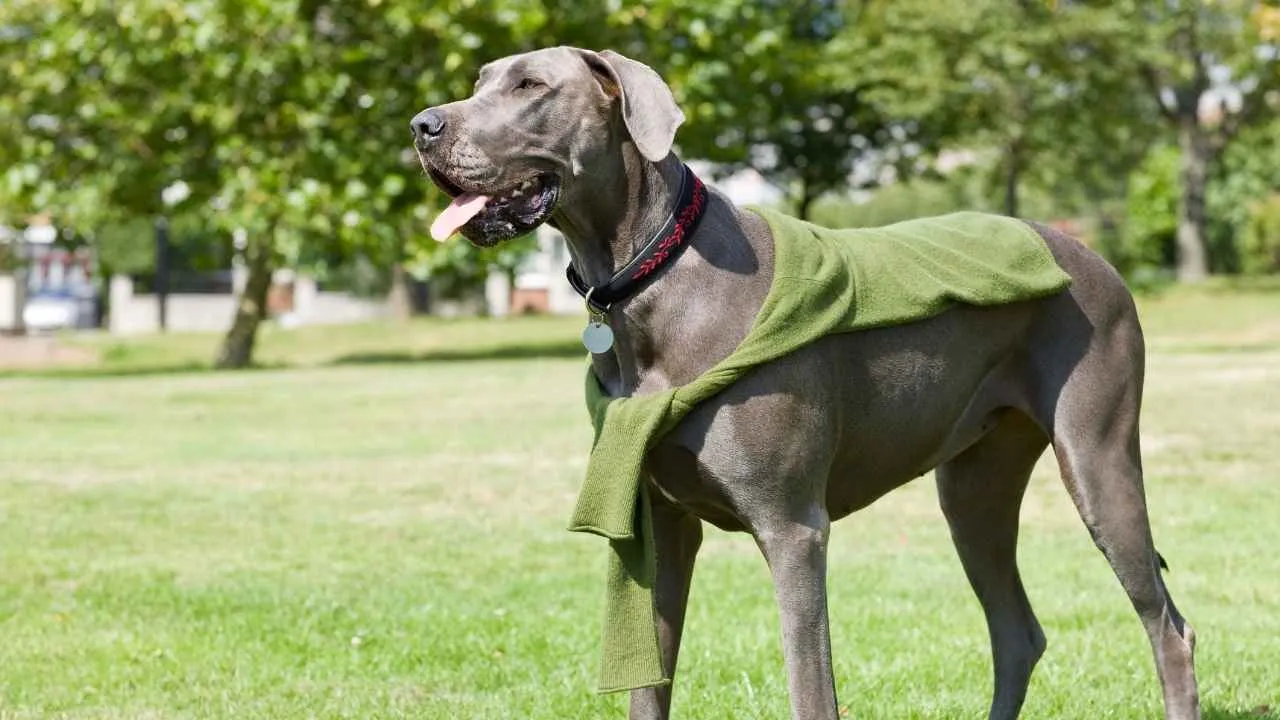
Despite their imposing size, Great Danes are among the most emotionally attuned breeds. They often become unusually quiet when someone around them seems sad or stressed. Their quiet approach and steady gaze create a calming presence without overwhelming the moment.
Pick Up on Energy Shifts Quickly
They notice changes in daily rhythm, tone, or movement, even if they aren’t dramatic. A delayed routine or lack of interaction usually prompts them to stay close and attentive. They often mirror the emotional tone of the room with impressive ease.
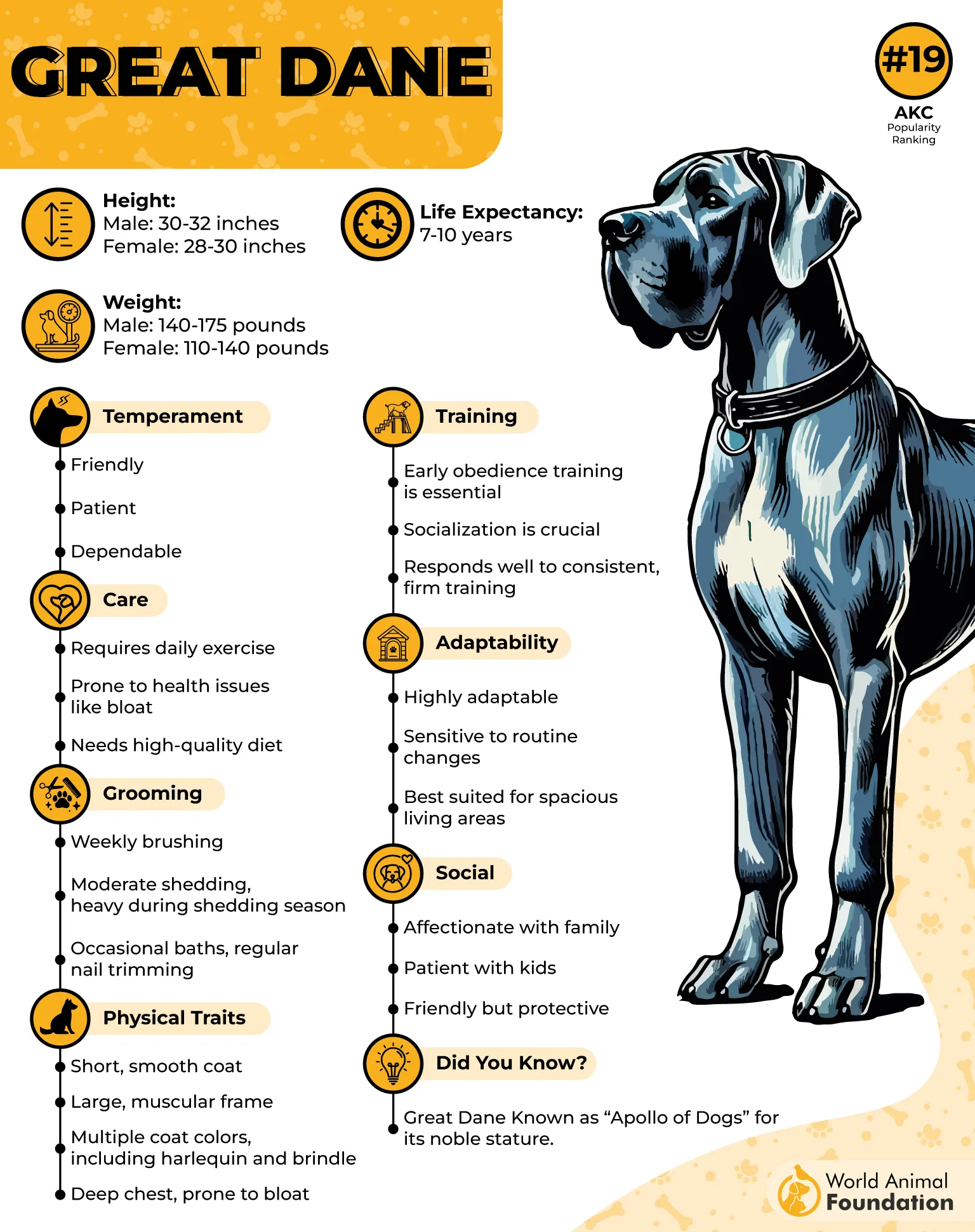
Lean In for Reassurance
Physical closeness is one of their most common responses to emotional shifts. They often lean their full body gently against people when sensing something is wrong. This leaning behavior is consistent and has been observed widely across the breed.
Emotionally Present Without Being Pushy
They don’t crowd or demand attention when someone is low, but they stay nearby in a quiet, watchful way. Owners have noted that their calm nature becomes even more grounded during emotionally intense moments. Their size adds weight to the comfort they offer.
6. Boxer
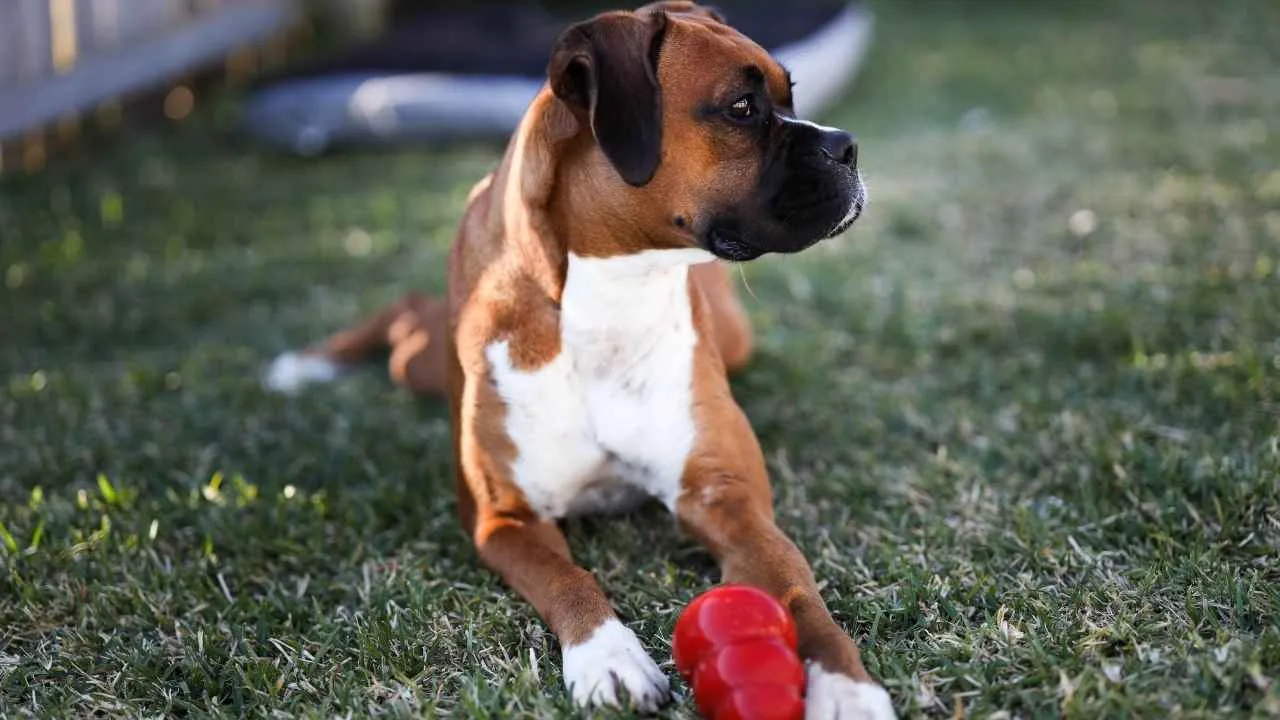
Did You Know: The Boxer’s name is believed to come from its playful habit of using its front paws to “box” during play.
Boxers are highly observant and tend to stay close when their owners are emotionally off-balance. Their upright posture and watchful eyes reflect a deep awareness of their surroundings. This awareness allows them to respond quickly when someone’s energy feels different.
Sensitive to Sudden Changes
Their reactions often shift the moment they notice a drop in someone’s mood or tone. A normally bouncy Boxer may calm down, rest their head on a lap, or quietly follow a person from room to room. These moments show their strong emotional sensitivity.
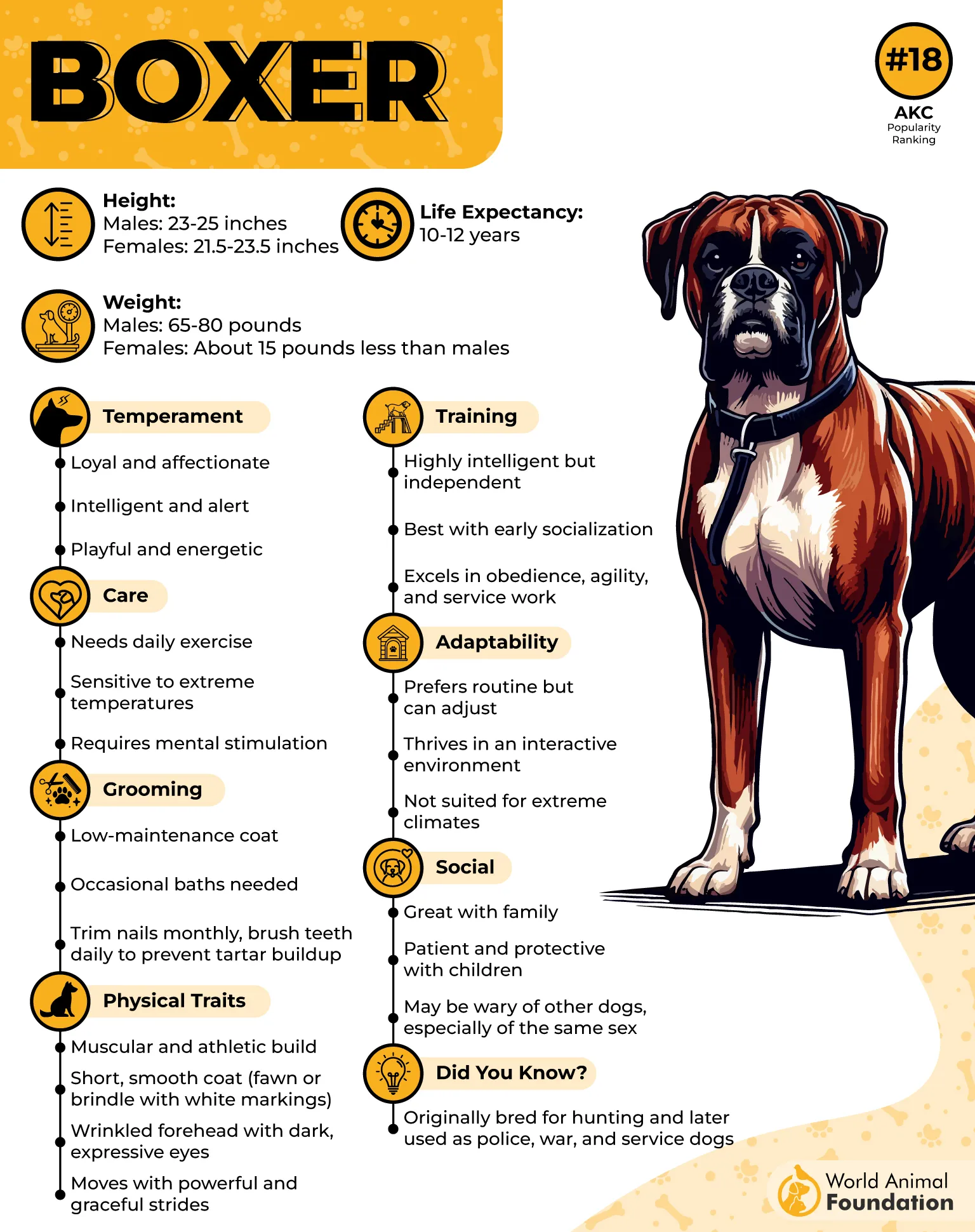
Loyalty That Feels Personal
Boxers are deeply loyal and tend to form a focused bond with family members, as mentioned in the PetCareRx. That connection often leads to behaviors that feel intuitive, like sitting closer during stress or nudging gently when someone seems withdrawn. Their presence often offers silent support.
Respond with Physical Comfort
Their way of expressing care is often physical—leaning into someone’s legs, resting against their side, or placing a paw with calm persistence. These gestures show how attuned they are to emotional shifts, even without verbal cues or trained commands.
7. Labrador Retriever

Labradors stay closely attuned to the daily rhythms of their families, often mirroring energy levels without being told. When someone is quiet or withdrawn, they tend to slow down and stay nearby. They naturally stick close during times of stress or sadness.
Attentive to Human Behavior
This breed often watches people carefully, picking up on routines, habits, and tone shifts. A lowered voice, change in pace, or stillness can prompt a gentle paw or nudge. Their ability to sense these things has made them a common choice in support roles.
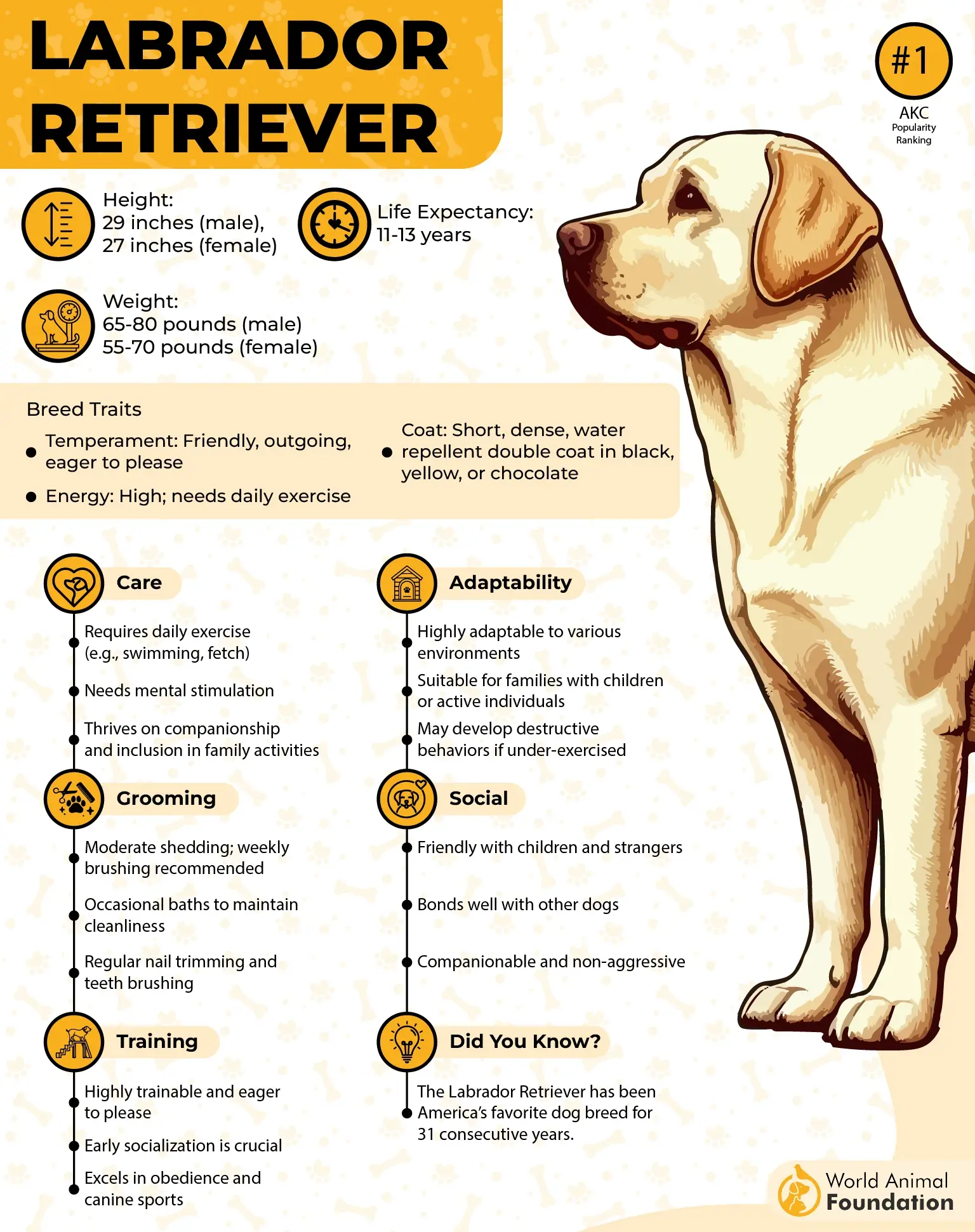
Gentle Reactions During Tense Situations
They rarely respond with overexcitement when someone is visibly upset. Instead, they become soft in movement, sit closely without pressure, and quietly observe. This calm response helps regulate emotions without adding any noise to the moment.
Instinctive Need to Provide Comfort
Labradors tend to offer small gestures like resting their head on a lap or softly leaning into someone’s side. These responses aren’t taught; they appear across the breed, even in non-trained dogs. Their need to comfort feels built into who they are.
8. Golden Retriever
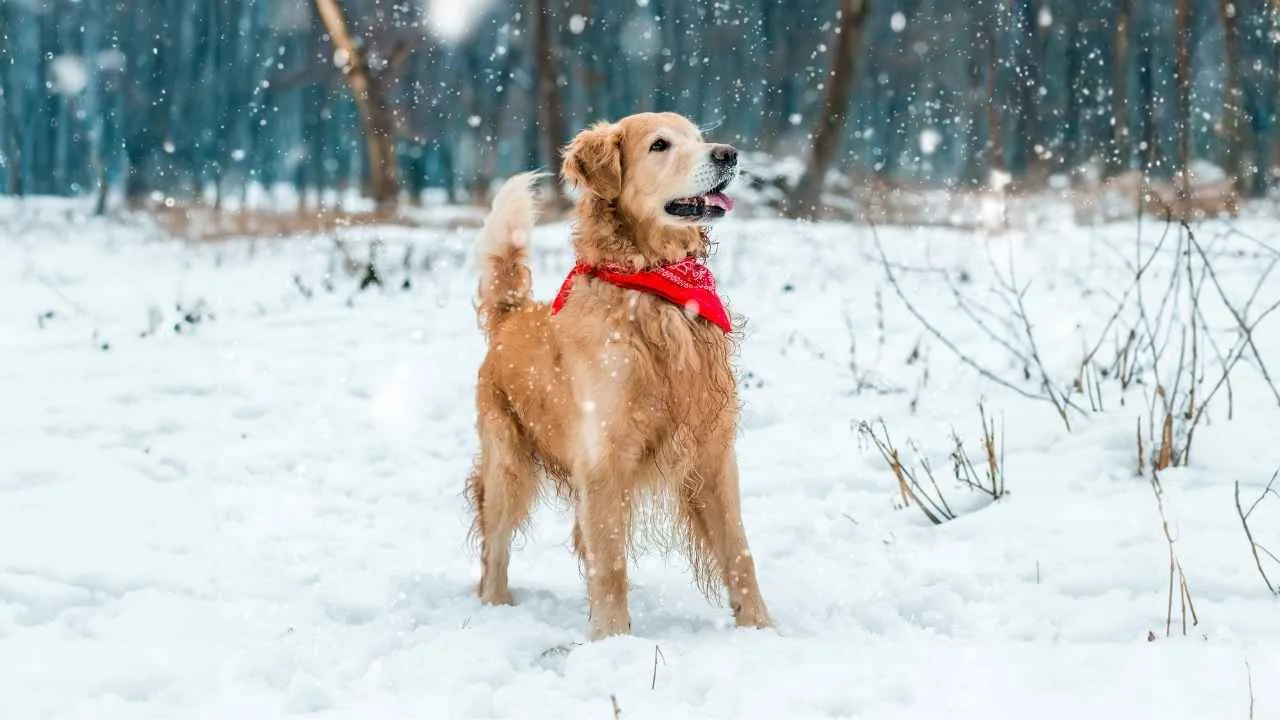
Golden Retrievers were originally bred for close teamwork, which helps explain their strong emotional responsiveness. They tend to observe people with calm eyes and soft body movements, often adjusting their presence based on how someone feels. This makes them highly intuitive companions.
Natural Comfort in Unspoken Moments
This breed doesn’t need verbal cues to understand when something’s wrong. Golden Retrievers quietly approach when someone appears down, resting beside them or offering gentle nudges. Their comforting response often happens without any prompting or command.
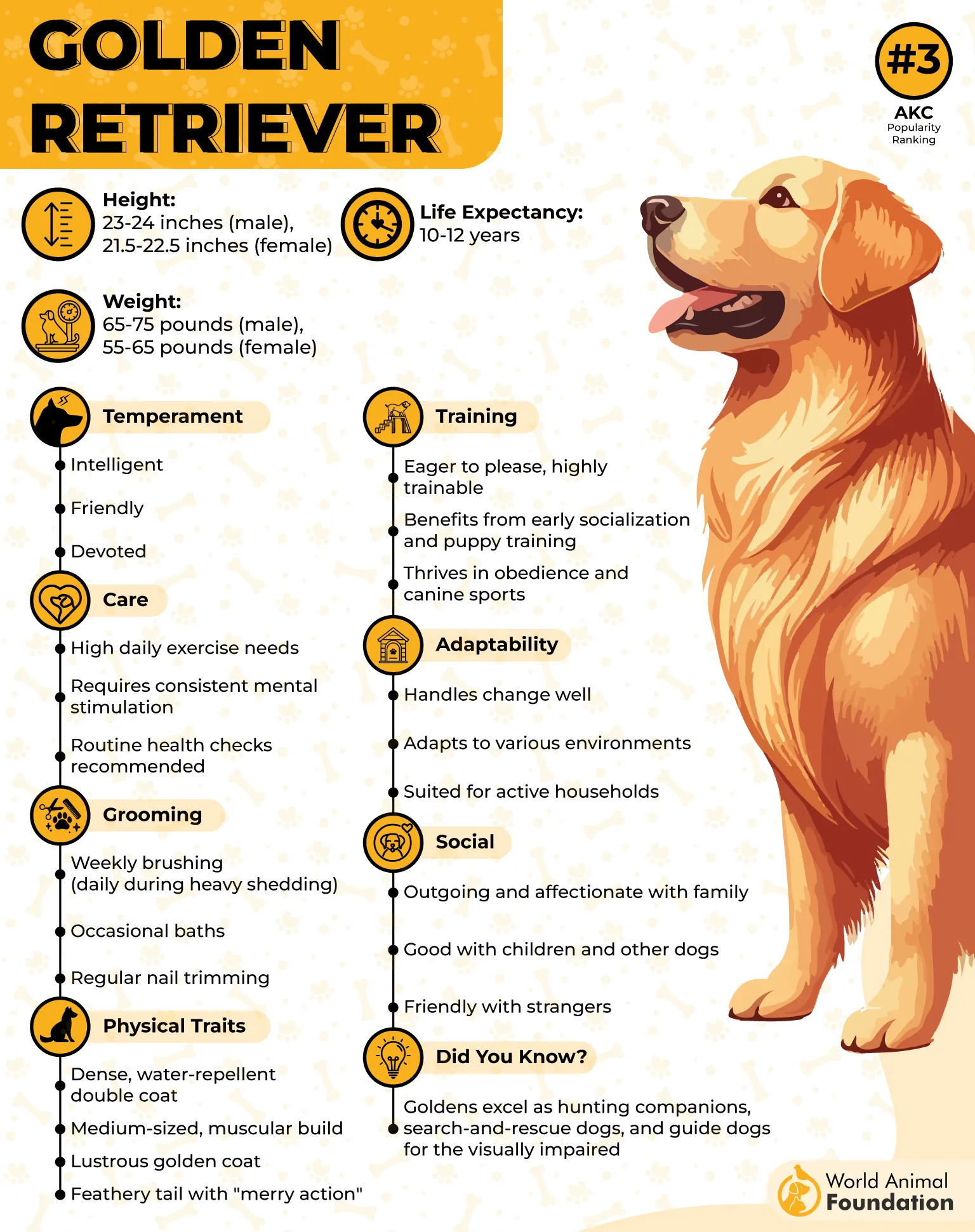
Known for Calming Presence
Their temperament remains steady even in emotionally charged situations, which allows them to soothe those around them. A Golden’s soft touch and patient silence often create an environment that feels emotionally safe. Many people report that they instinctively sense unease.
Eager to Support Through Connection
They have a tendency to stay close to those they bond with, especially when moods shift. Their ability to read face expressions, body posture, and vocal tone is consistently observed in family settings. It’s one reason they are often chosen as therapy dogs.
9. German Shepherd
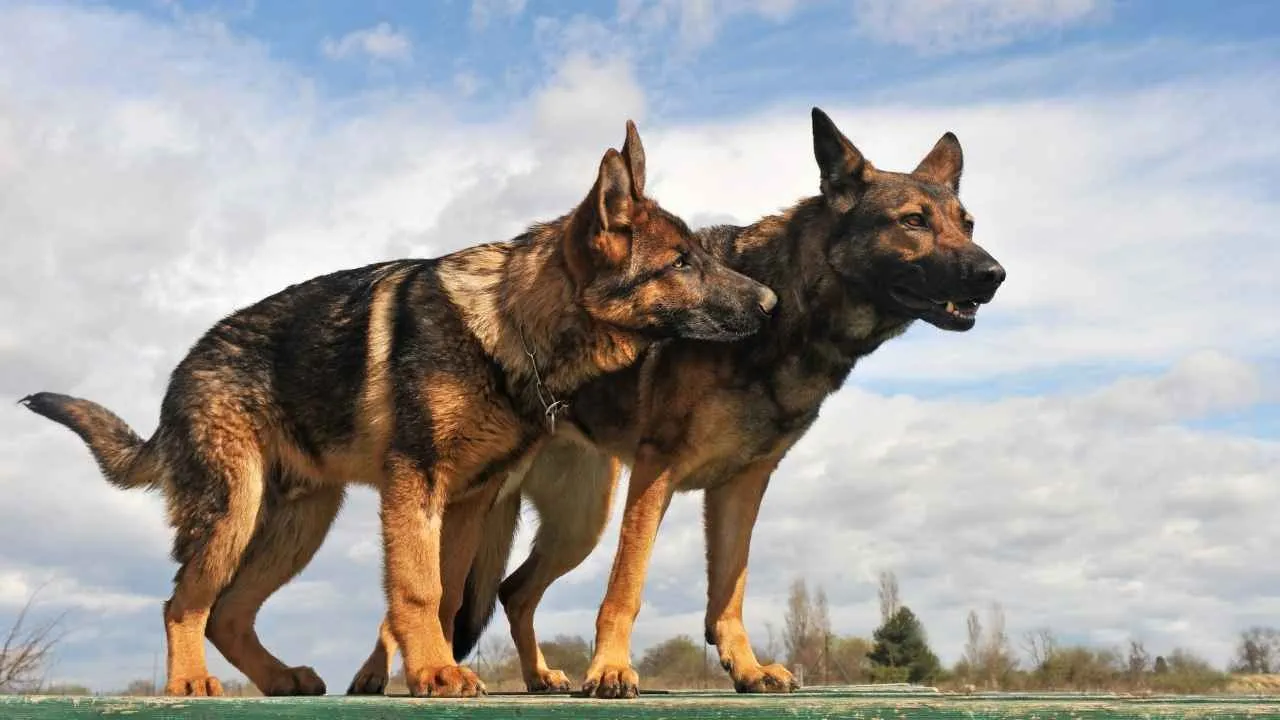
German Shepherds are quick to notice changes in routine, tone, or movement. Their alert nature helps them stay closely aware of their humans’ behavior throughout the day. Even small shifts in mood often result in them adjusting their position or focus.
Strong Bonds, Quick Reactions
They tend to stay physically close to those they trust, especially when something feels off. A German Shepherd may quietly rest beside someone who seems anxious or follow them from room to room without prompting. These responses come naturally, not from formal training.
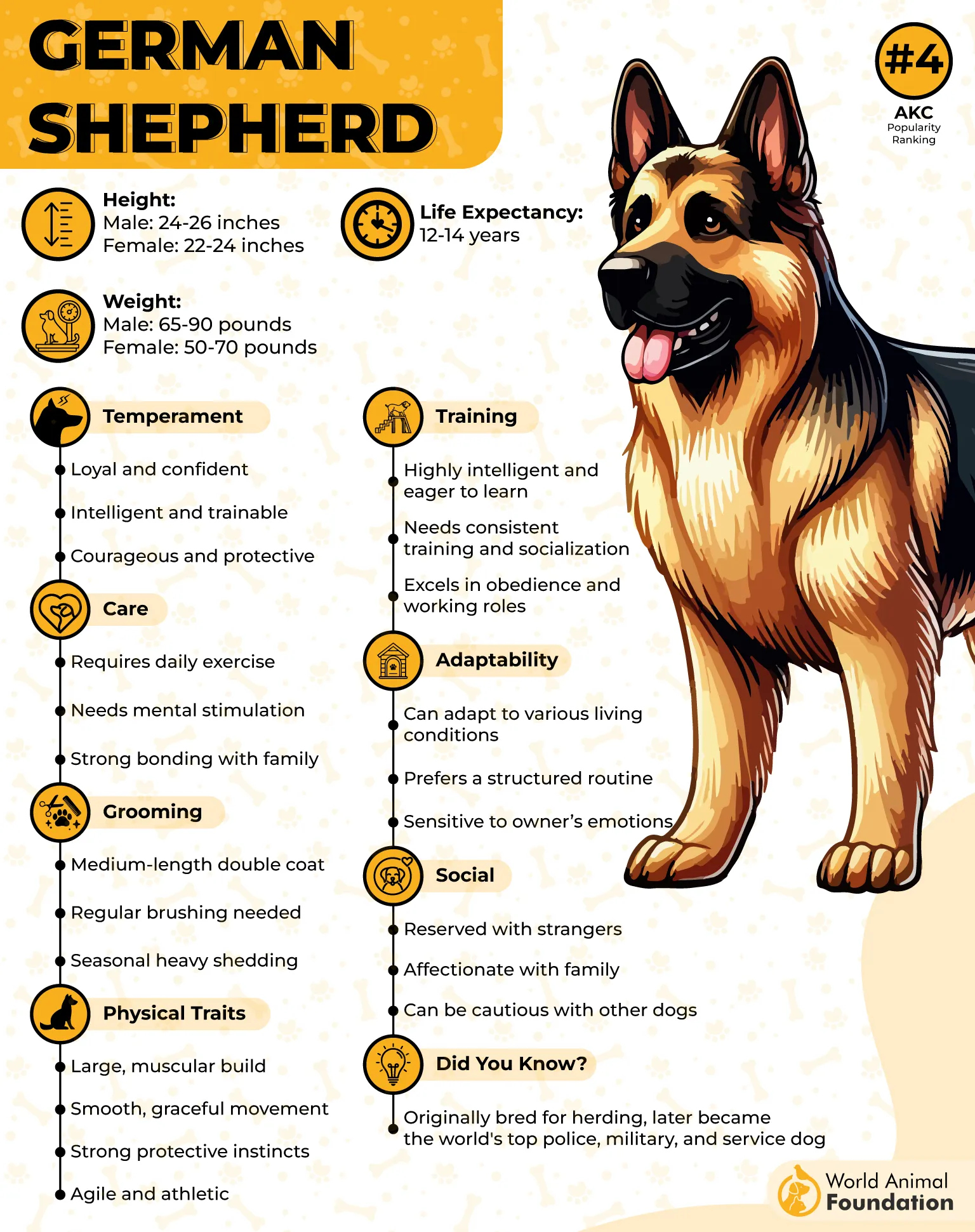
Highly Responsive in Stressful Moments
This breed has been observed becoming unusually calm or alert during arguments, emotional conversations, or silent distress. Many owners notice their dog watching them closely during tense moments. They rely on routine and connection to read what isn’t being said.
Emotionally-Aware Through Constant Presence
They often remain nearby when someone is unwell, overwhelmed, or visibly upset. Some stand guard quietly, while others make soft contact like nose nudges or placing a paw. Their steady behavior during emotional shifts has been recognized in many therapy settings.
Conclusion
Some dogs just know. They pick up on your silence, your sighs, and even the way you sit when you’re having a rough time. These above-listed breeds have an emotional radar that feels almost human.
From gentle giants like the Great Dane to smaller problem solvers like the Poodle, their support feels sincere. It’s not about doing tricks—it’s about simply being there.
If you’re someone who carries life heavily some days, these dogs help carry a little of it with you. Their comfort doesn’t fix everything, but it reminds you—you’re not alone, and someone’s paying close attention when it matters most.


